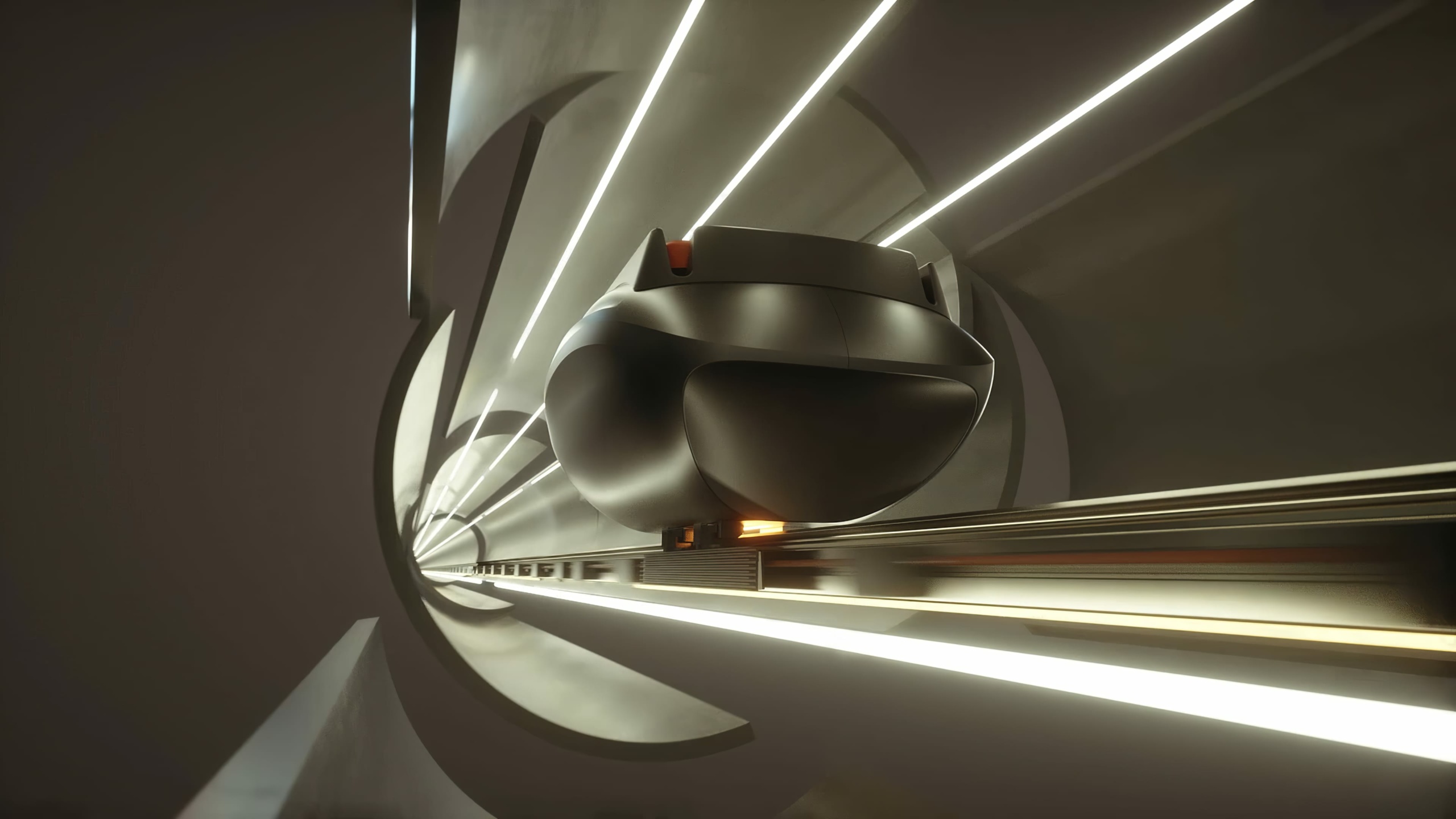This is the claim of Magway, a London based-start up behind the scheme that has already received almost £1.5m of seed funding and grants since it was founded in 2017, including a £650,000 grant secured from Innovate UK. The company now hopes to raise a further £750,000 through a fresh wave of crowdfunding.
- Inside Ocado's automated warehouse
- Hyperloop One enjoys first successful systems test
- From the archive - the dawn of maglev
The company's co-founder and technical director Rupert Cruise told The Engineer that the concept initially sprung out of growing interest in Hyperloop, the high speed transportation concept originally proposed by Tesla founder Elon Musk (and now being developed by Virgin Hyperloop One) that will use linear electric motors to accelerate passenger pods through low pressure tubes.
He said Magway is simpler to commercialise, primarily because it’s not transporting people at supersonic speeds and it doesn’t require a vacuum.

The system uses a magnetic wave of electrical current, generated by highly efficient linear synchronous magnetic motors to drive multiple, standard-sized crates (or totes) along a track. Travelling at an optimal speed of 31mph, and just milliseconds apart, the totes are propelled through a network of new and existing underground, overground and even suspended 0.9m diameter HDPE pipes that would run alongside existing road and rail routes.
Cruise said that the system has been designed to interface with the highly automated warehouses operated by organisations like Ocado and Amazon, which, whilst highly efficient in the warehouse, still rely heavily on fleets of trucks and vans to get their products to customers.
He added that the crates carried on the Magway system are roughly the same dimensions as the totes used by these retailers so it could be very easily integrated with their systems. Indeed, Ocado Innovation Limited, along with the Transport Research Laboratory (TRL) and linear motors specialist Force Engineering, was one of the partners in the Innovate UK funded project.

The team has already built demonstration versions of the system at its test facility in North Wembley, London and is now in the process of identifying sites for commercial scale pilot.
Initial commercial applications are likely to focus on short delivery routes in and out of hubs such as airports, said Cruise, but the firm’s ultimate vision is to construct a UK-wide network of tubes.
Modelling has identified where UK demand will be highest for the system, and has, he claimed, shown that 94 per cent of London’s daytime population could be within a 15-minute walk or cycle of a Magway node.
If the technology is deployed at the scale envisaged by the company it could eliminate millions of tonnes of CO2 emissions annually, save millions of pounds worth of road maintenance costs and transform the road network as we know it today. “Not enough is being done to address the future of our transport infrastructure and, more importantly, how to tackle the problem of dangerous levels of air pollution," said Cruise. "We need big ideas that will change the way we currently deliver goods and the face of transport for years to come.”












Taking steps toward reindustrialisation
Hi Jack, The UK and EU caused their own electricity price problems - for Russia was happy to supply UK after the Ukraine invasion, provided they paid...